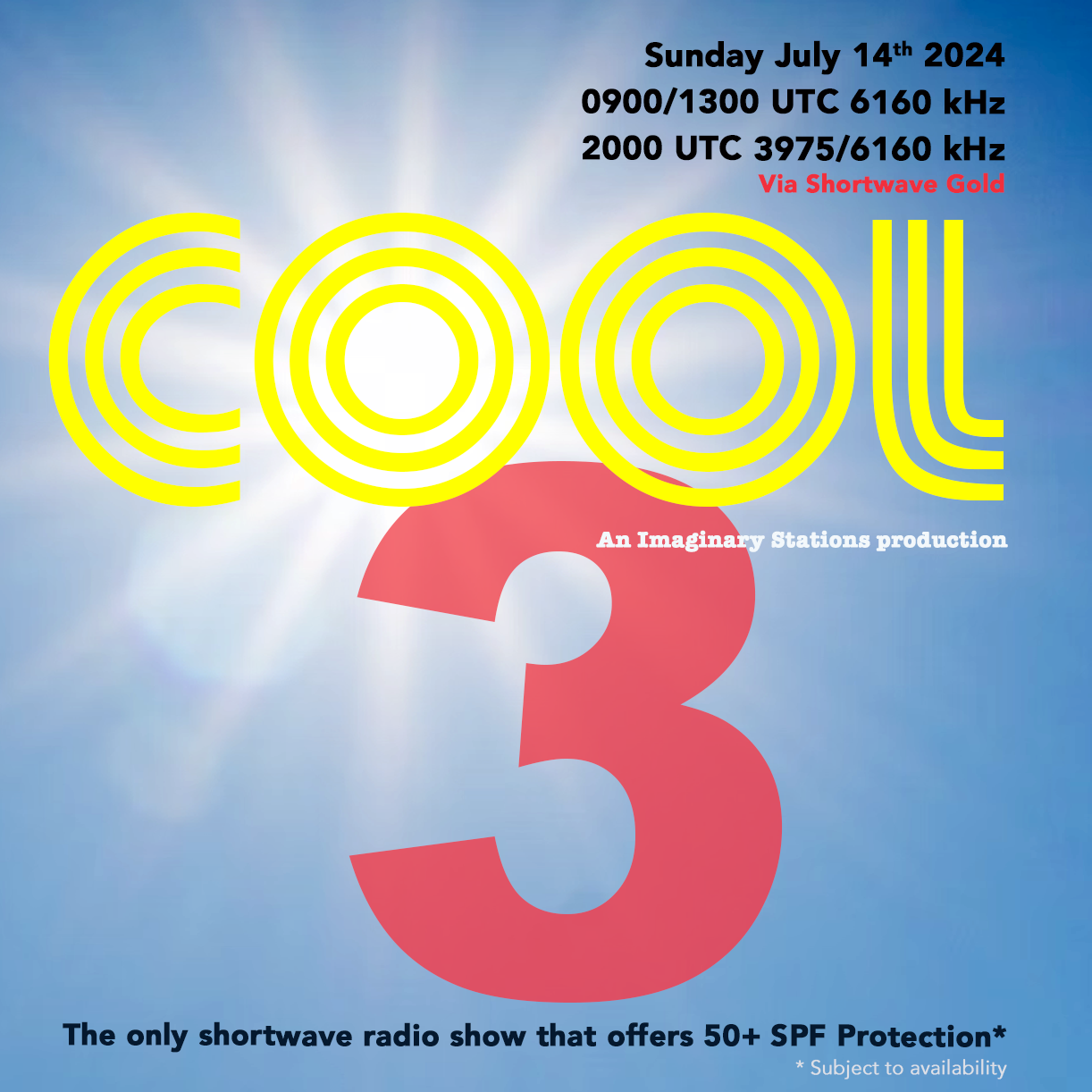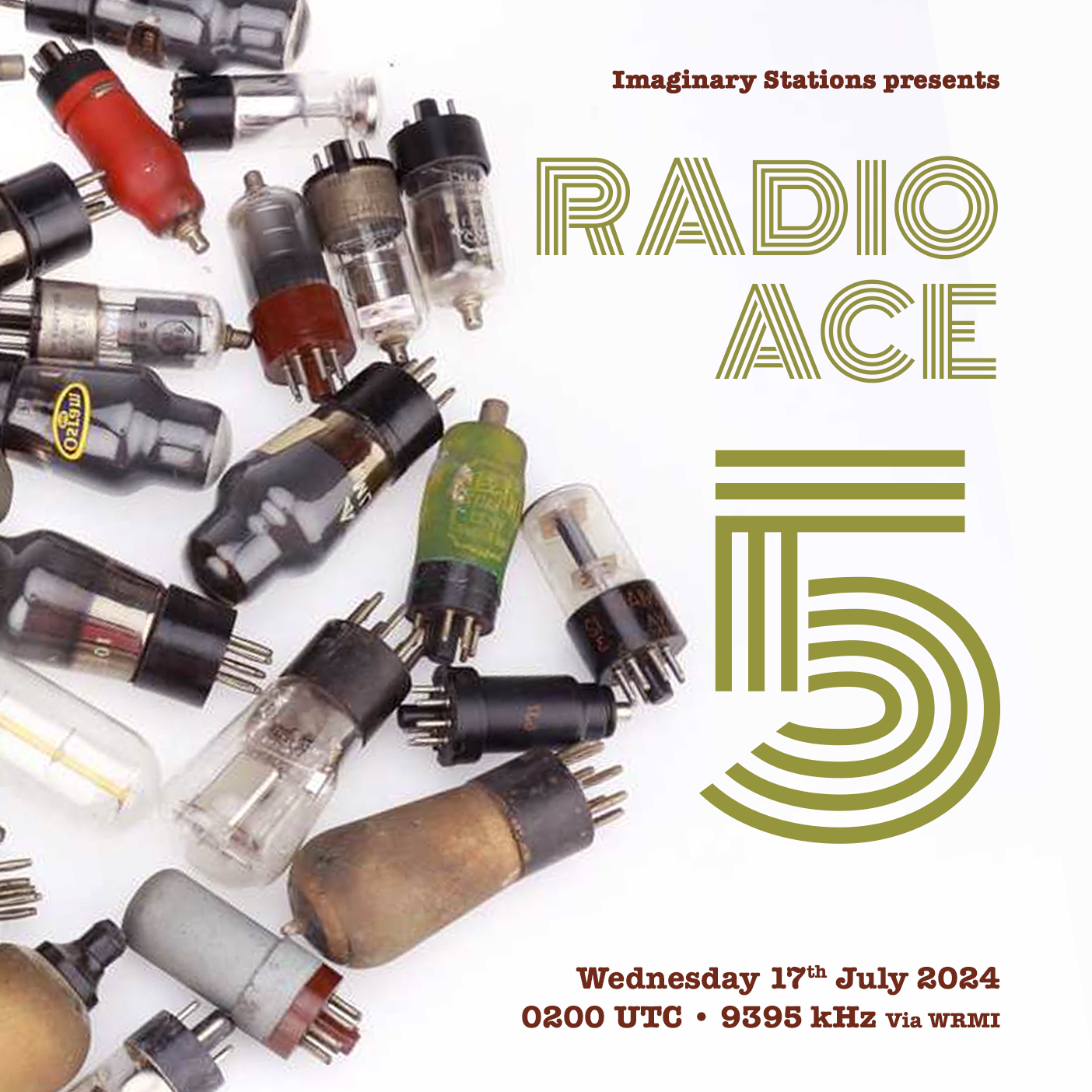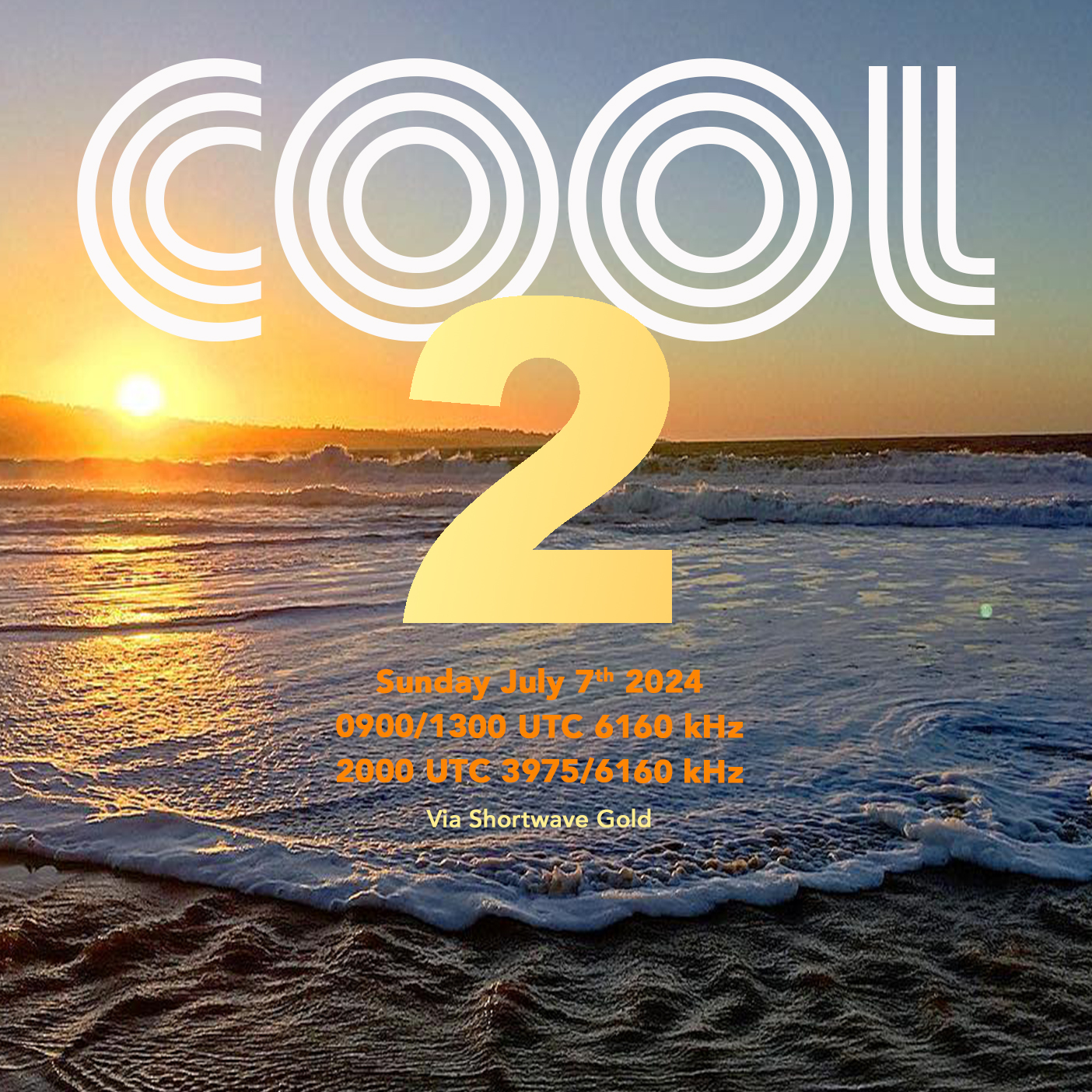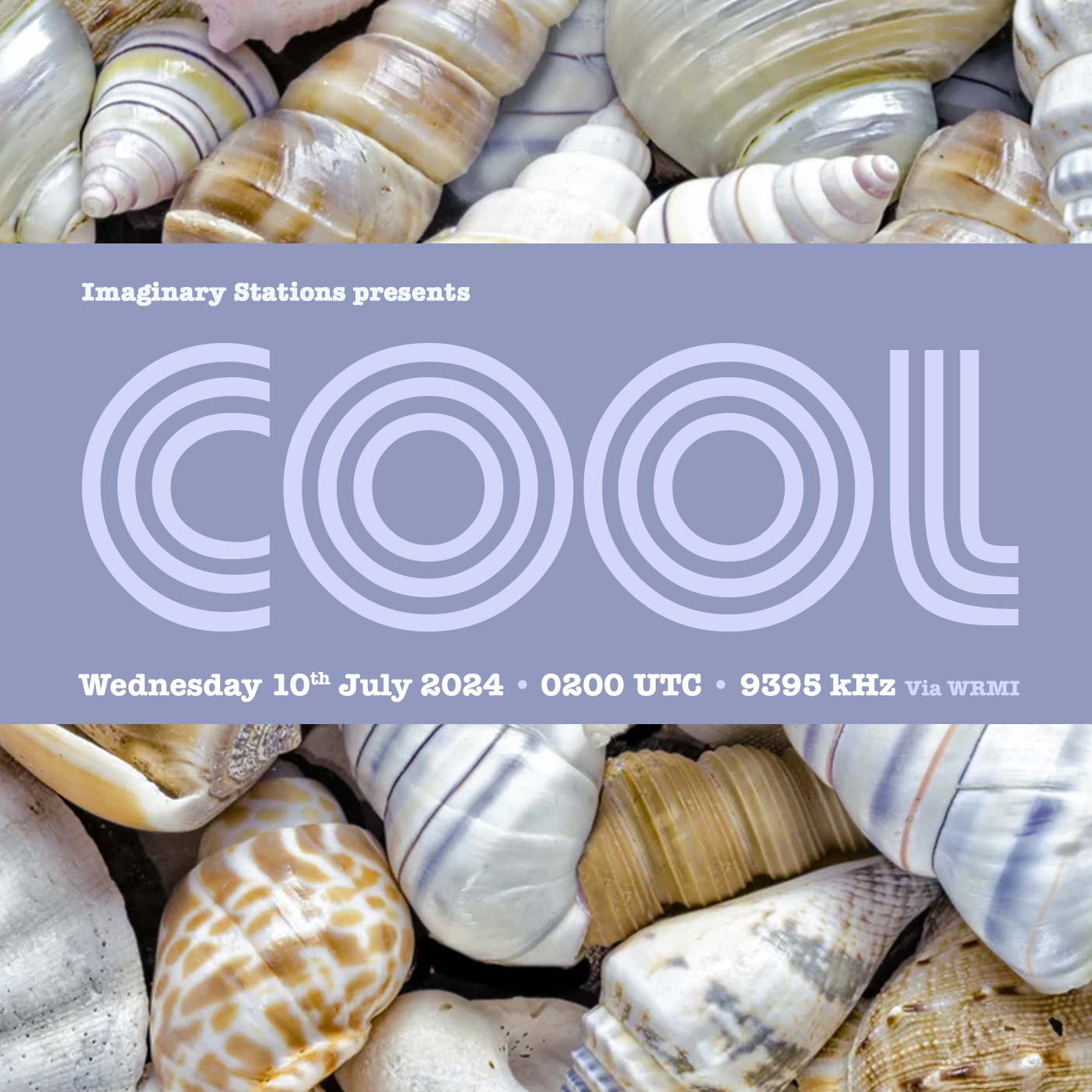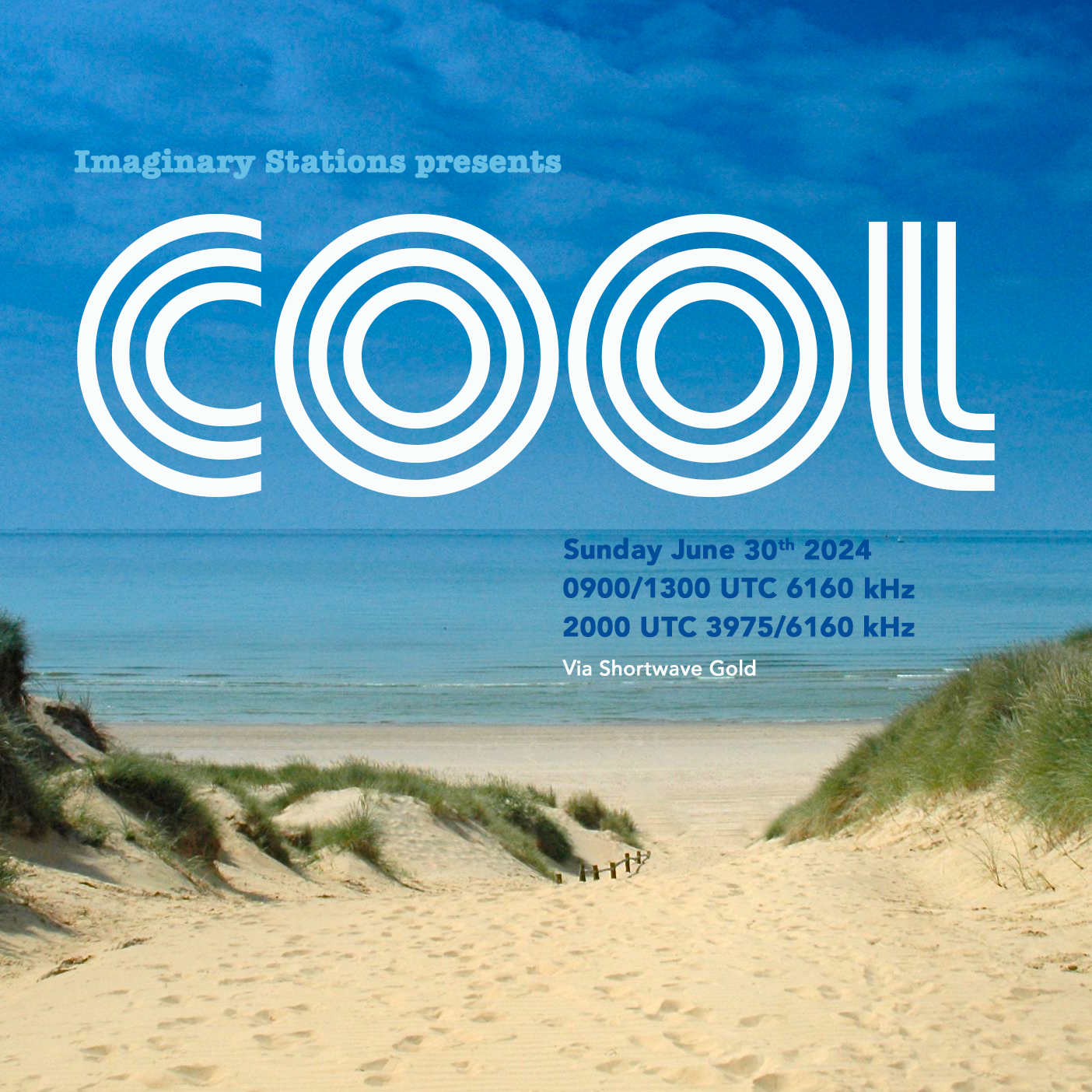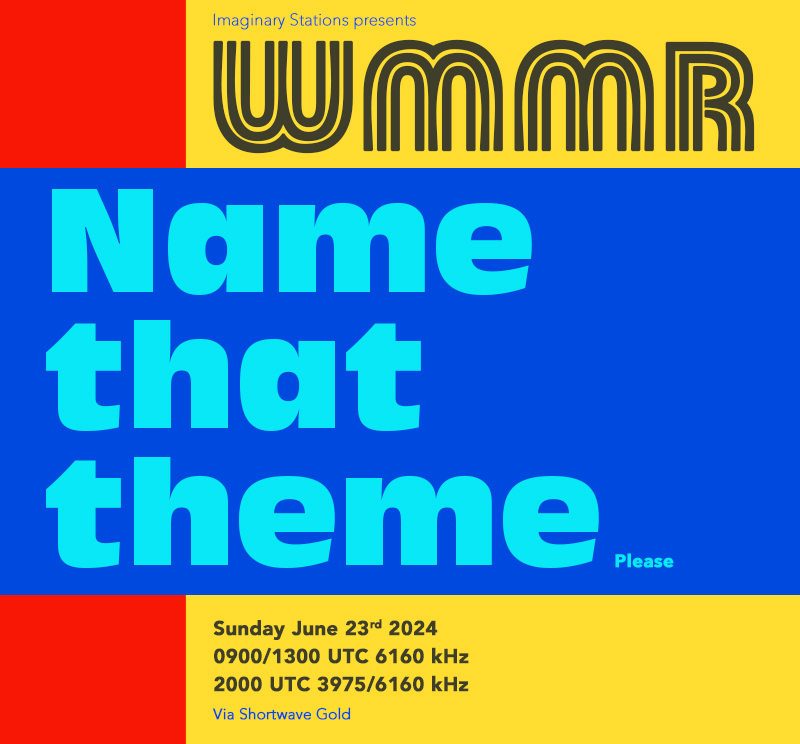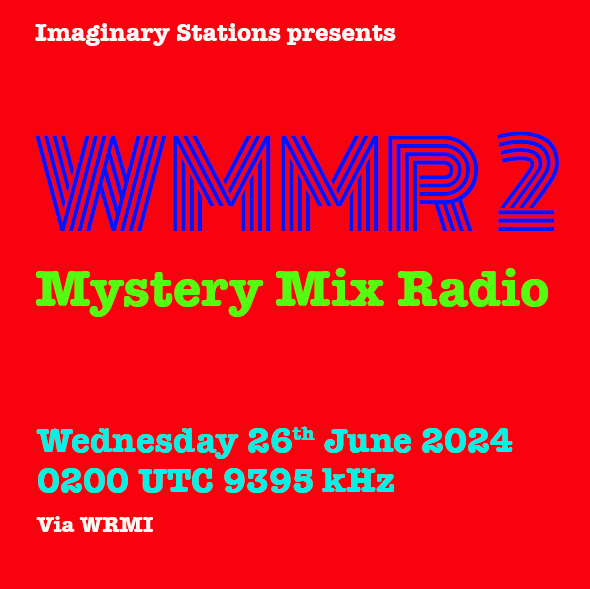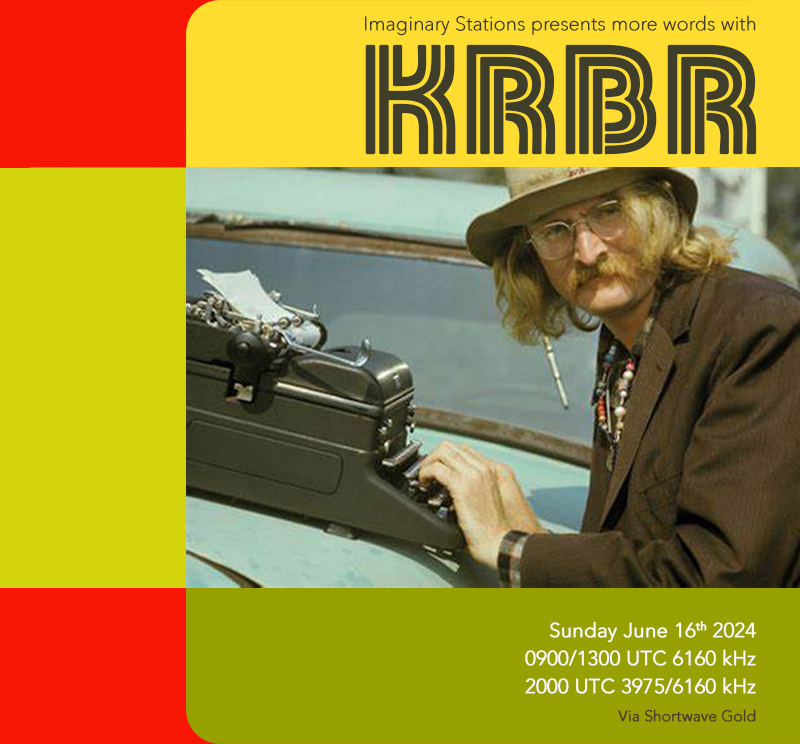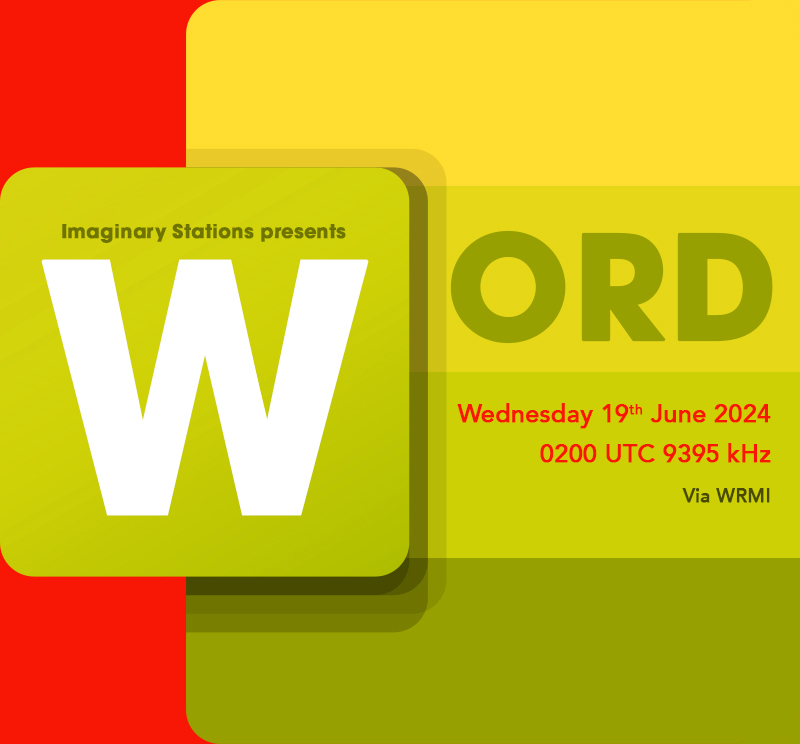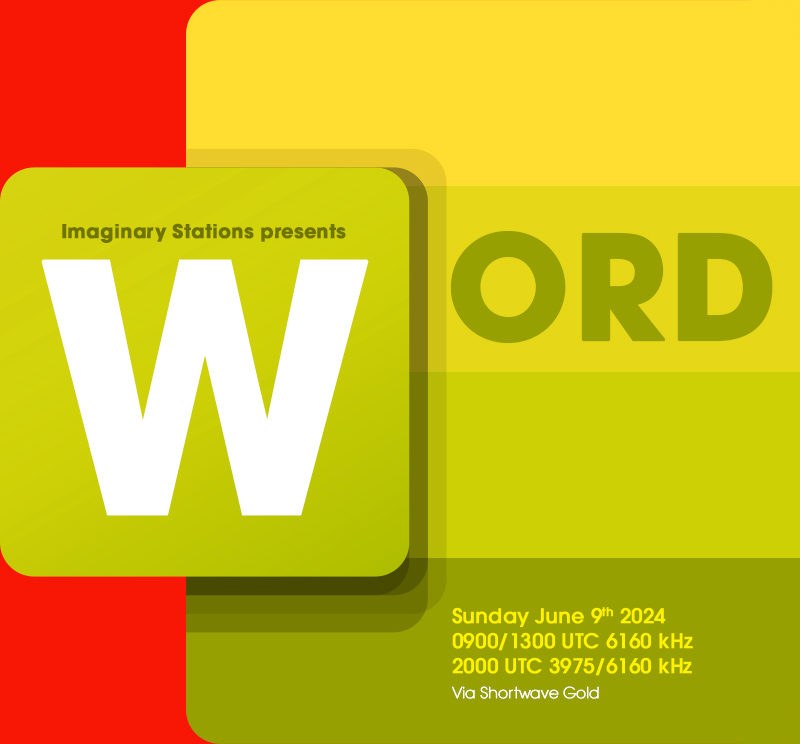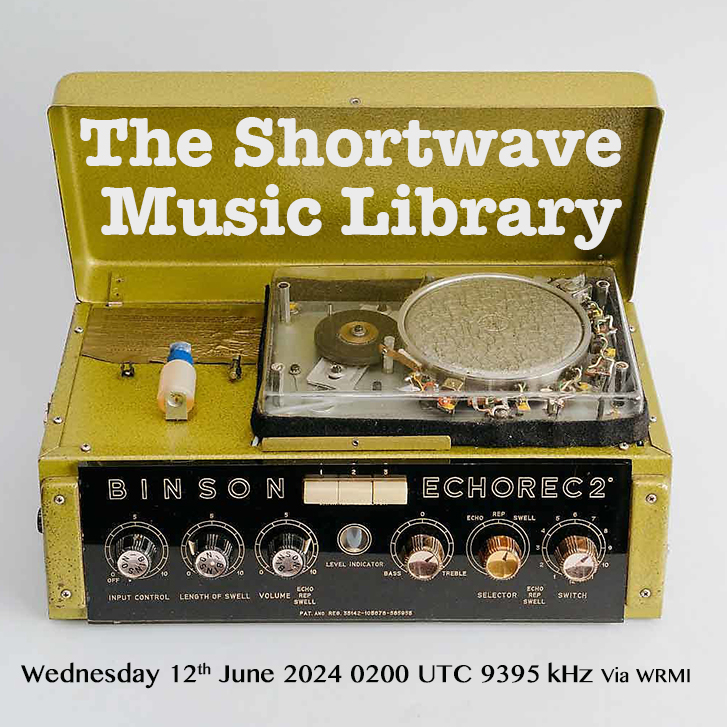Hi it’s FastRadioBurst 23 from Imaginary Stations here letting you know of a couple of our summertime specials this coming week.
On Sunday 14th July 2024 at 0900/1300 hrs UTC on 6160 kHz and then at 2000 UTC on 6160 kHz and 3975 kHz the Imaginary Stations crew will be bringing you more summer of shortwave celebrations with COOL 3. More summer vibes and happy sunshine tunes even if though the weather outside isn’t summerlike at your QTH (or perhaps it is?)
Then via WRMI on Wednesday 17th July 2024 at 0200 UTC on 9395 kHz we’ll be bringing you a great show in the form of Radio Ace, alas no Flash Frisbone but an array of wonderful tunes and the story of Mingling Mike. It’s a winner and well worth a listen so tune in.
We now have a Patreon page for our regular listeners here. Monthly memberships are available for exclusive audio and zines.
For more information on all our shows, please send to [email protected] and check out our old shows at our Mixcloud page here.

